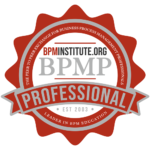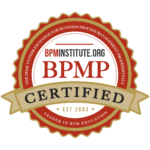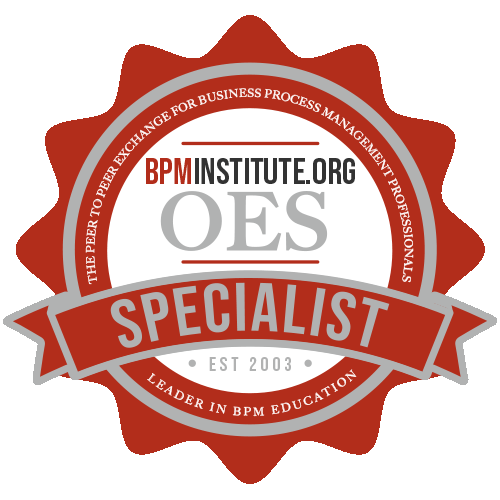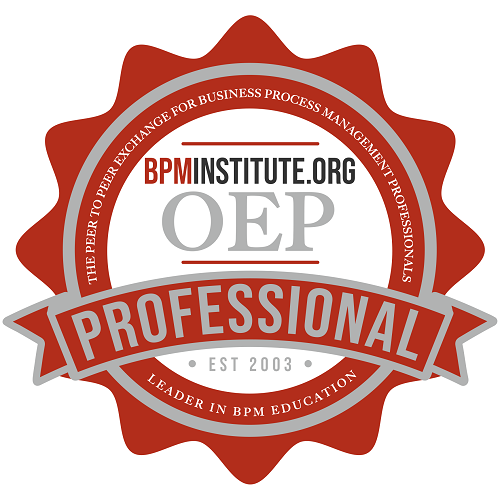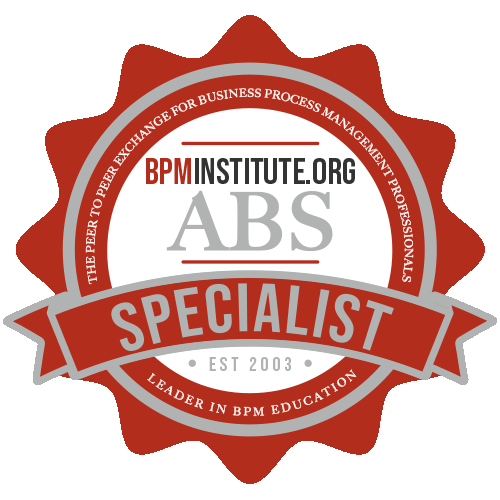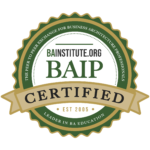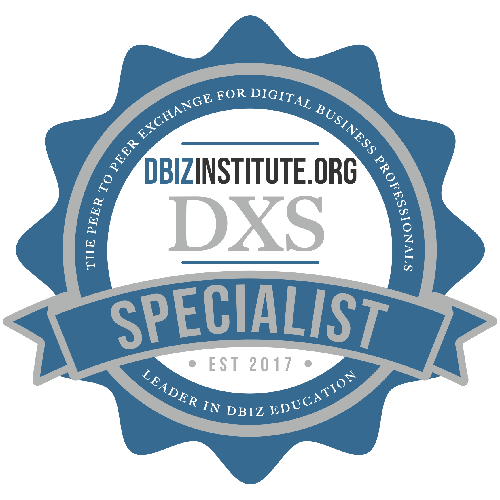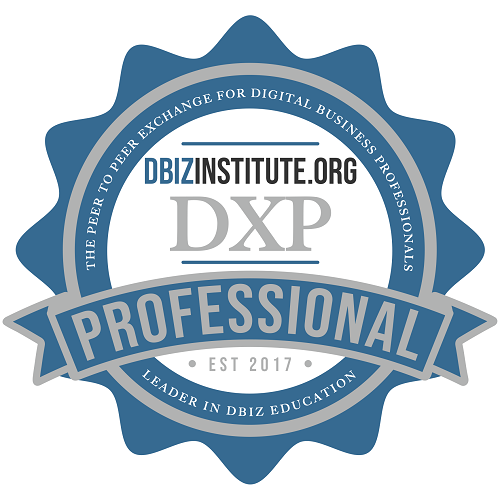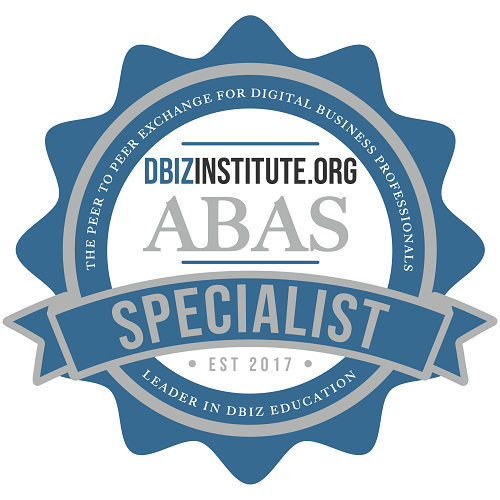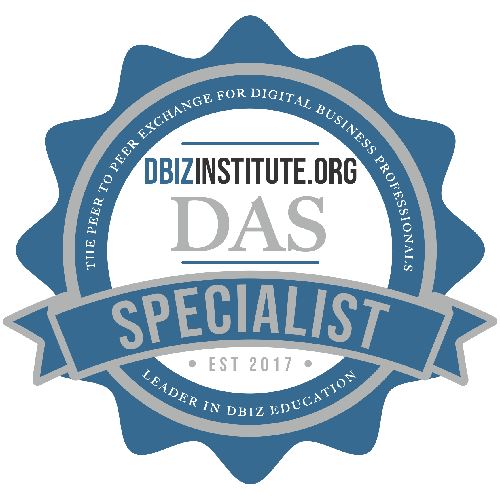Home / Resources
Resources
Discover a Wealth of BPM Knowledge and Expertise at BPMInstitute.org!

BPMS Watch: Learning to “Do” BPM
Recent research by Professor Yvonne Antonucci of Widener University turned up an amazing finding. Her survey of 146 companies involved in BPM attempted to answer the question, “Is there a gap between current and needed process skills in organizations today?” What she found was a whopping 54% of companies said they wanted to send employees to external BPM training but were “unable to find appropriate training mainly because they did not know what training was needed.”
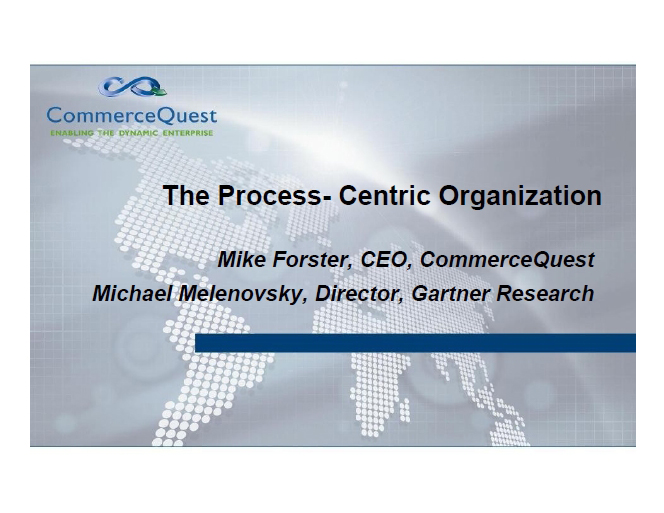
Enabling the Process-Driven Agile Enterprise
What do Business Process Management, Service-Oriented Architecture, Business Architecture, Business Rules and Organizational Performance all have in common? Well, besides the obvious…
BPMInstitute.org and SOAInstitute.org research shows that companies are planning to marshal these technologies and methodologies together into a comprehensive strategy, platform and discipline.
What do Business Process Management, Service-Oriented Architecture, Business Architecture, Business Rules and Organizational Performance all have in common? Well, besides the obvious…
BPMInstitute.org and SOAInstitute.org research shows that companies are planning to marshal these technologies and methodologies together into a comprehensive strategy, platform and discipline. One that will enable organizations to make better business decisions – more quickly – both in the short term and the long term.
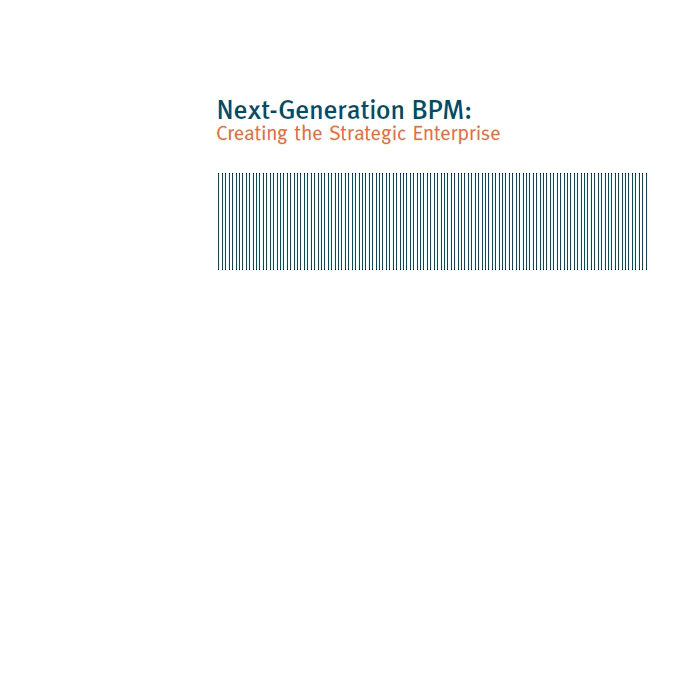
Next-Generation BPM: Creating the Strategic Enterprise
In its simplest form, business process management (BPM) is the definition, modeling, execution, automation and management of business processes. Organizations worldwide use BPM to coordinate workbetween people and systems, with the ultimate goal of improving organizational efficiency, responsiveness and reliability.
Agility in the Real World: How BPM Helps Minimize Handoffs, Improve Quality and Gets Your Goods to Market Faster
Much has been written about businesses transforming into “agile enterprises.” But beyond the pie in the sky buzzwords, what does this mean for companies striving to bring world-class goods or services to the market? In a global economy, many feel as if they are in a race to the bottom – squeezing cost out of every possible angle to support increasing competition and capture channel attention. But this doesn’t seem like the path to more innovation.

BPA Can Reduce Cost and Complexity
Though related, business process automation is not business process management, which is designed to coordinate workflow among IT systems and humans.
Business-Driven SOA
We hear about “Business Driven SOA” so much that it’s almost a cliché. And, like most clichés, we don’t really know what it means. If SOA is not that well understood, making it business driven is even more elusive. In this article, I’ll describe what business driven SOA is, and illustrate this with an example.
First, let’s start with what it’s not. It’s not web services. From the business perspective, we don’t care what technology is used to implement SOA. We can expand on this principle and say it’s not an SOA platform or product suite (sorry vendors).
Best Practices in Business Process Management
Watson says the most important thing in running a BPM pilot is to find and develop measurable results and benefits you can use. The pilot needs to directly address cycle times, unit costs, or some other meaningful information that justifies running the pilot program.
There are a number of elements to the application strategy for BPM projects. The most critical element is the current state assessment. This should not include staff functions, which have little customer impact. Large impact opportunities should be targeted, along with opportunities that are easy to prove.

Can Six Sigma and Business Process Management Co-Exist?
One of the most powerful ways to improve business performance is combining business process management (BPM) strategies with Six Sigma strategies. BPM strategies emphasize process improvements and automation to drive performance, while Six Sigma uses statistical analysis to drive quality improvements. The two strategies are not mutually exclusive, however, and some savvy companies have discovered that combining BPM and Six Sigma can create dramatic results.
After Requirements: Is the BA Done?
What is the role, if any, of the Business Analyst (BA), once the requirements are done? What happens after weeks or months have been spent eliciting and analyzing requirements for the project? Documents are finished; reviews are completed; approvals are recorded; the requirements are “done”. But, is the BA done? Not if you want high quality, cost-effective solutions.

First Thing’s First
Why is it that the “what” part of new product development gets such scant attention in the development process? What a new product should be is a question seldom seriously explored. In the world of advanced planning, the notion of “concept” is pretty narrowly constrained. True development of a new concept more often than not is ignored in favor of detailed investigation of variations on already-formed ideas introduced intact at the beginning of the process!
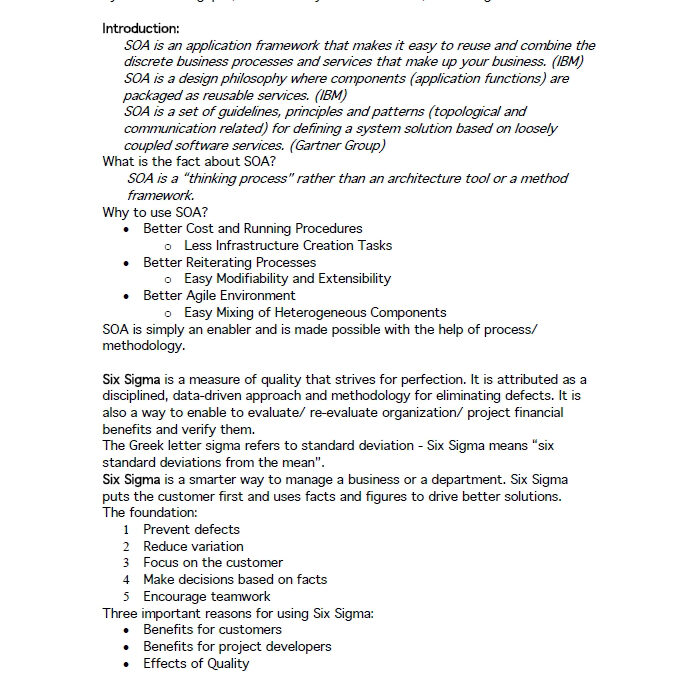
SOA with Six Sigma Methodology: A Process for E-business Development
SOA is a “thinking process” rather than an architecture tool or a method framework.
Six Sigma is a measure of quality that strives for perfection. It is attributed as a disciplined, data-driven approach and methodology for eliminating defects. It is also a way to enable the evaluation / re-evaluate of an organization / project’s financial benefits and to verify them.

BPMS Watch: What is Case Management?
As I prepare to update my BPMS Report series, task number one is taking a fresh look at the process types or “use cases” that guide the evaluation analysis.
Making the Transition to Services Engineering
Brett Champlin is the President of the Association for Business Process Management Professionals (ABPMP.org) and a Senior Process Consultant with a large insurance company. He has led business process transformation projects for the last 15 years. Champlin is also on the adjunct faculty at Roosevelt University and the University of Chicago.
Champlin is a pioneer and advocate of the new field of “services engineering”. In the last two hundred years, we shifted from a primarily agricultural-based economy to a manufacturing-based economy because of the industrial revolution.

Business Architecture: Leveraged in Strategic IT Planning
Considering the forum in which this article is published, I think it is safe to say that anyone reading it already knows the value of Business Architecture. I hope we also share the opinion that the IT Architecture is secondary to the Business Architecture: the business is the driver, not IT.
That is nice theory, but it hasn’t been reality for quite some time. New technology trends emerge, people with an eye for technology see the benefits, and they sell the idea of implementing the new technology based on those benefits.

Converging BPM and Business Rules Maturity Models
Readers of the Business Rules topic section have probably found Barbara von Halle’s writing on the Rules Maturity model RMM. The model depicts an enterprise’s staged understanding of business rules and their progressive benefits. The model starts with stage zero, no recognition of importance of formal processes of managing policies and corporate guidance through business rules. In short, the stages are:
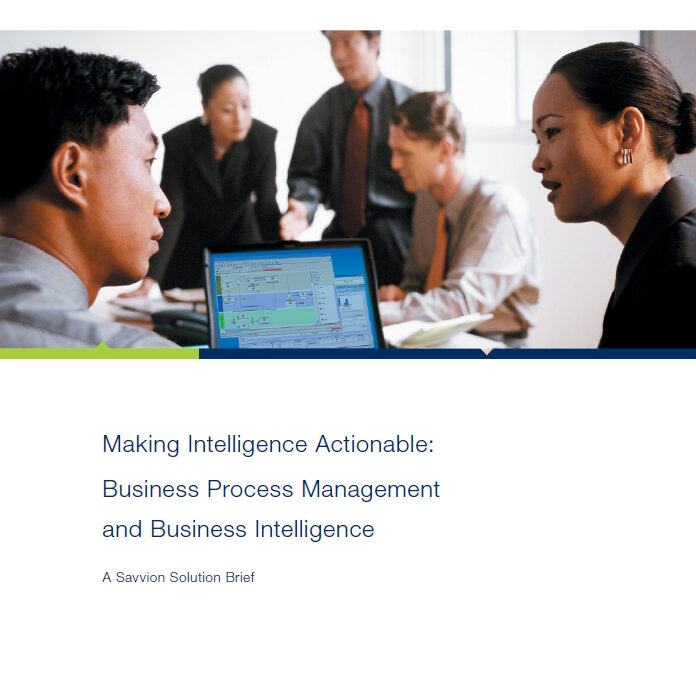
Making Intelligence Actionable: Business Process Management and Business Intelligence
Are your BI systems loaded with untapped potential that can increase your company’s success? Make all that intelligence actionable with process management solutions and boost performance metrics by magnitudes.
Download this informative solution brief, “Making Intelligence Actionable: Business Process Management and Business Intelligence.”
Enterprises combining BI & BPM report significant performance gains and efficiencies. See how!
SOA Governance: Adoption and Best Practices
Governance has been defined as: “the art and discipline of managing outcomes through structured relationships, procedures and policies.” Governance plays an important part in the adoption and ongoing operation of any SOA initiative. It enforces compliance with the architecture and common semantics, and facilitates managing the enterprise wide development, use and evolution of services.
When discussing SOA governance, it is important to make sure that everyone is on the same page about what type of governance they are referring to.

BPM is Not the Same as BPR
In the late 1980s, Michael Hammer and James Champy published a bestselling book, Reengineering the Corporation, promoting the idea that radical redesign and reorganization of an enterprise was necessary to lower costs and increase quality so American businesses could become more competitive.

Transitioning to Services Engineering
In past columns, I have discussed the idea of services engineering, the importance of understanding businesses as service providers, and the characteristics of different types of services. This column looks at the challenges of measuring and managing process performance in services industries.


